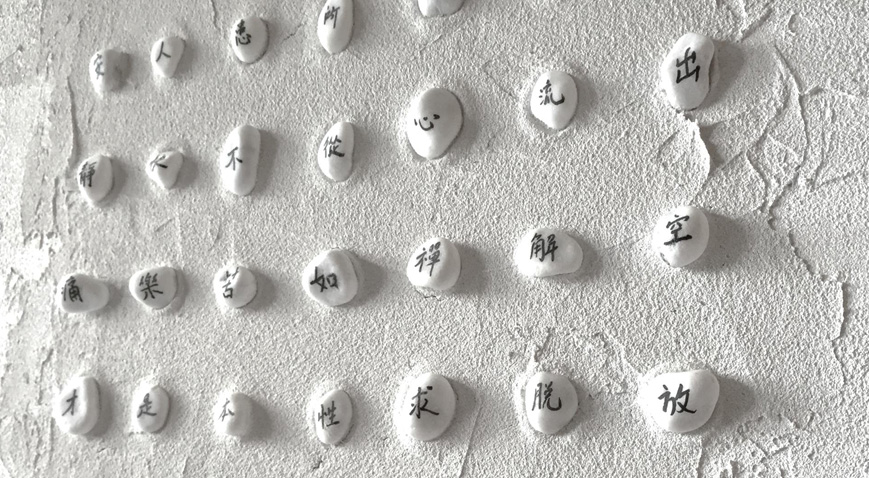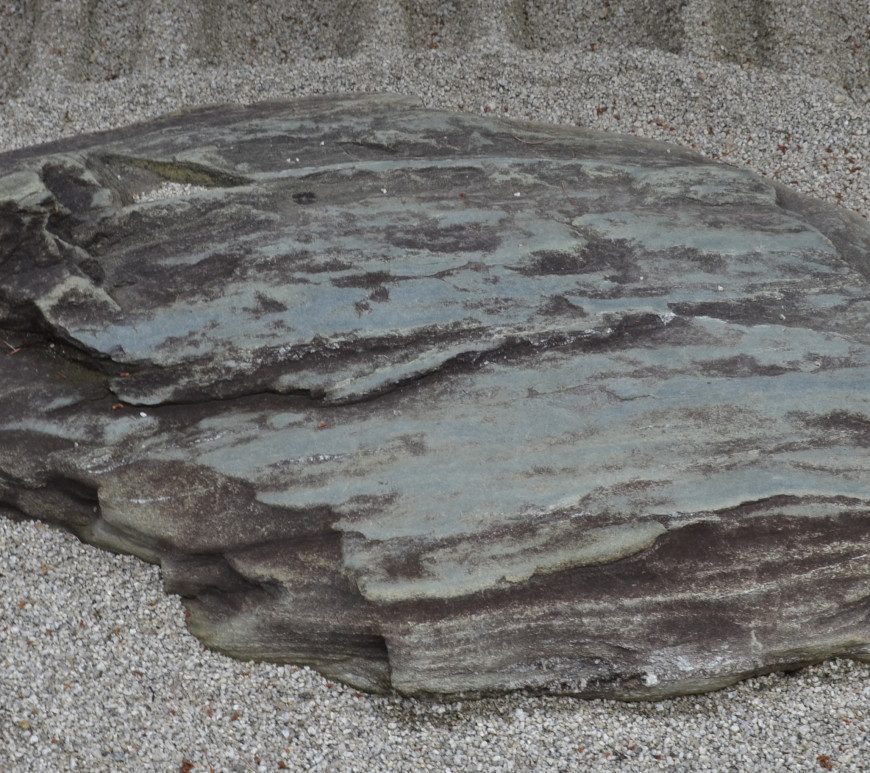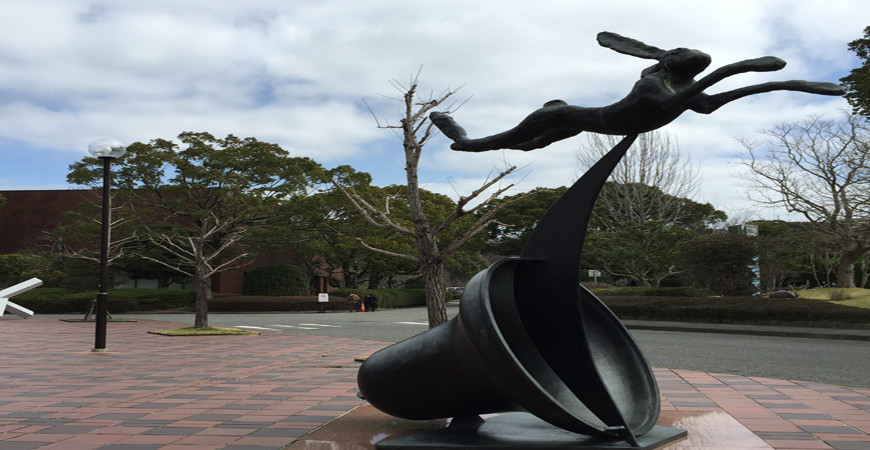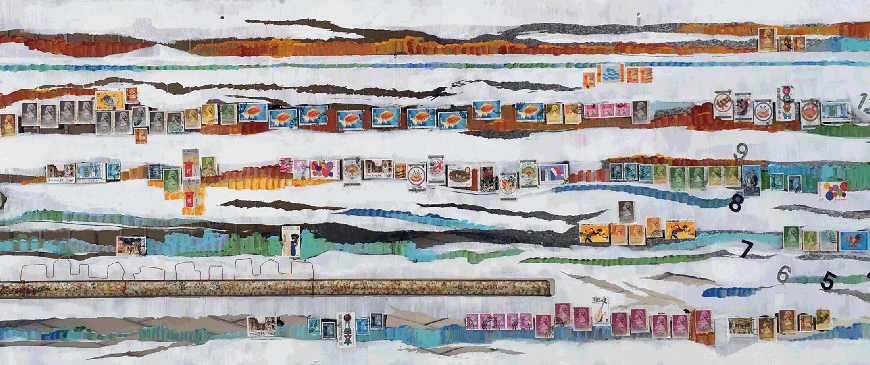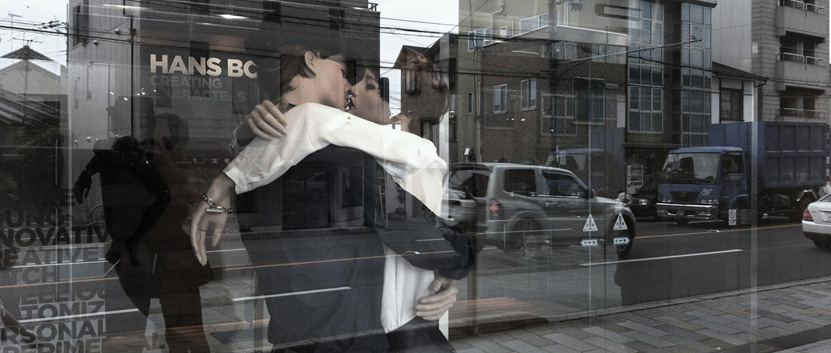
The Spirit of Art Deco (watercolor drawing on paper)
Art Deco style in a “vehicle” of Design and Architecture The creative impulses of Art Deco leave a trademark in buildings established during the glamorous Jazz age from mid-1930’s to 1940’s. These buildings have remained a heritage of architecture up to nowadays and have never failed to impress us with the fine nuances of Art Deco in various forms, from the highly decorative classical form … Continue reading The Spirit of Art Deco (watercolor drawing on paper)
